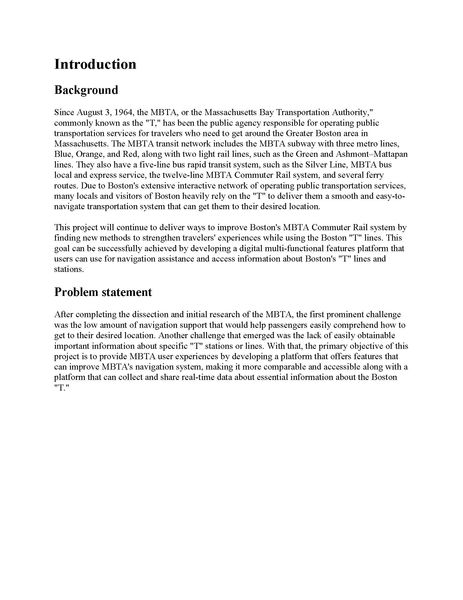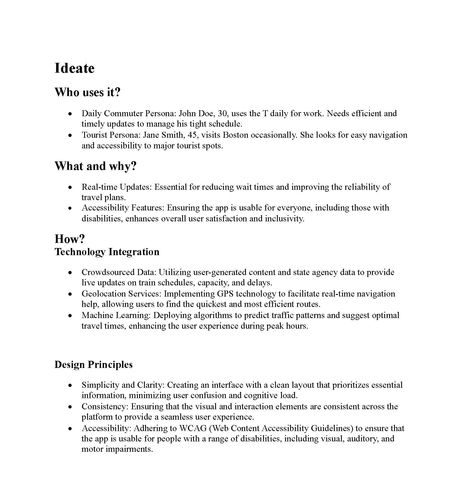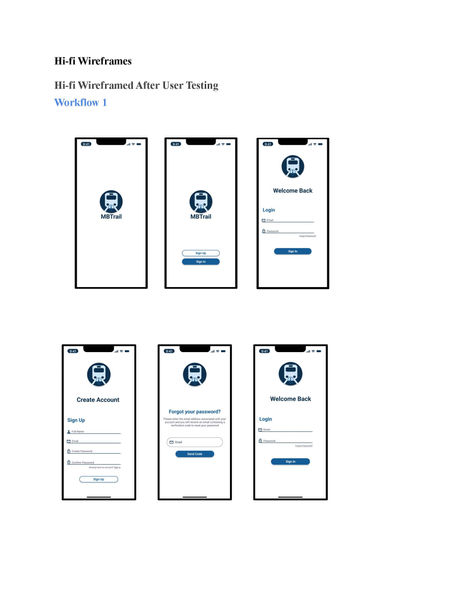
MBTrail Case
Study
"MBTrail Case Study" is an academic project crafted on Figma and Microsoft, that centered around research, user needs, feedback, workflow, wireframing, and testing—all critical components of the design process. A primary focus for my team was accessibility, as we aimed to create an app that provides real-time travel details while disregarding specific circumstances. Our design emphasizes simplicity and functionality, offering users clear information through an intuitive interface. We prioritized color contrast to make the app accessible to a broader audience.
Given that the transportation system has been in place for years and serves various users, accessibility was crucial. Knowing where you're going is vital when using public transit, as riders are responsible for getting to and from locations independently. Relying solely on static maps and occasional announcements, users can easily miss critical information. We identified this common problem and applied accessibility principles, ensuring our app delivers real-time, easy-to-access travel details.
Our design process reinforced the importance of simplicity. Initially, we considered numerous features but ultimately narrowed the app to two main tasks: providing users with real-time travel updates and location details on the subway. This focus allowed us to avoid overcomplicating the experience and made our solution more streamlined and user-friendly.
We also learned the value of integrating with existing systems. For example, we ensured the app felt cohesive with the existing rider experience using the MBTA's established color palette and typography. This seamless integration helped enhance the overall feel of using the T while interacting with our app.
Throughout the project, we also gained insight into sustainable app design. By concentrating on just two core functions, we ensured that future maintenance, bug fixes, and updates would be more manageable and focused. If this project were to be launched, its sustainability and scalability would allow for easy expansion to other transit systems.
In conclusion, we learned the critical role of accessible navigational assistance for public transit riders. Many riders face challenges with the current limited options, and our app addresses this gap by offering real-time, accessible, and user-friendly navigation support.


















